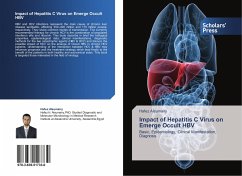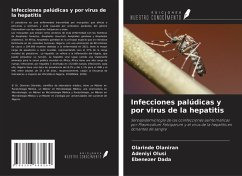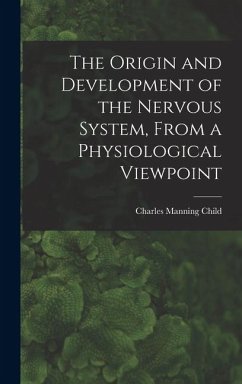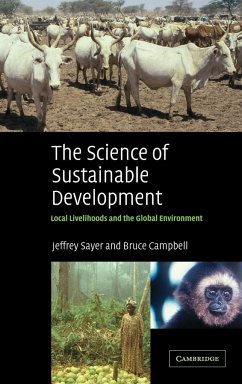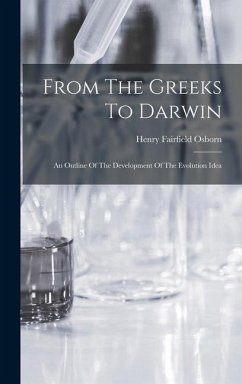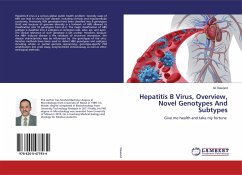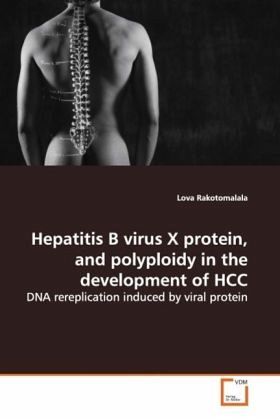
Hepatitis B virus X protein, and polyploidy in the development of HCC
DNA rereplication induced by viral protein
Versandkostenfrei!
Versandfertig in 6-10 Tagen
38,99 €
inkl. MwSt.

PAYBACK Punkte
19 °P sammeln!
Hepatitis B Virus (HBV) X protein (pX) is implicatedby an unknown mechanism inhepatocellular carcinoma (HCC) development,characterized by increased rate ofchromosomal aberrations. Although most patients clearthe infection and developimmunity, chronic infection in 5 to 10% infectedpatients lead to HCC development inthe 4th to 5th decade of life. I demonstrate thattetracycline-regulated pX expressioninduces multipolar spindles and polyploidy ( 4N DNA).To understand the mechanismof pX-mediated polyploidy, I investigated whether pXpromotes DNA re-replication.Dual-parameter flow cytometry demonstra...
Hepatitis B Virus (HBV) X protein (pX) is implicated
by an unknown mechanism in
hepatocellular carcinoma (HCC) development,
characterized by increased rate of
chromosomal aberrations. Although most patients clear
the infection and develop
immunity, chronic infection in 5 to 10% infected
patients lead to HCC development in
the 4th to 5th decade of life. I demonstrate that
tetracycline-regulated pX expression
induces multipolar spindles and polyploidy ( 4N DNA).
To understand the mechanism
of pX-mediated polyploidy, I investigated whether pX
promotes DNA re-replication.
Dual-parameter flow cytometry demonstrates
pX-dependent BrdU incorporation in cells
with 4N DNA. pX also induces expression of
replication initiation factors Cdc6 and
Cdtl, while suppressing geminin expression, a
negative regulator of re-replication. G2-
phase synchronized cells exhibit pX-dependent: i)
nuclear Cdc6 and Mcm5 colocalization;
ii) absence of nuclear geminin; iii) increased BrdU
incorporation; iv) ATR
activation; v) RAD17 and H2AX phosphorylation; and
vi) co-localization of -H2AX
with the DNA elongation factor PCNA.
by an unknown mechanism in
hepatocellular carcinoma (HCC) development,
characterized by increased rate of
chromosomal aberrations. Although most patients clear
the infection and develop
immunity, chronic infection in 5 to 10% infected
patients lead to HCC development in
the 4th to 5th decade of life. I demonstrate that
tetracycline-regulated pX expression
induces multipolar spindles and polyploidy ( 4N DNA).
To understand the mechanism
of pX-mediated polyploidy, I investigated whether pX
promotes DNA re-replication.
Dual-parameter flow cytometry demonstrates
pX-dependent BrdU incorporation in cells
with 4N DNA. pX also induces expression of
replication initiation factors Cdc6 and
Cdtl, while suppressing geminin expression, a
negative regulator of re-replication. G2-
phase synchronized cells exhibit pX-dependent: i)
nuclear Cdc6 and Mcm5 colocalization;
ii) absence of nuclear geminin; iii) increased BrdU
incorporation; iv) ATR
activation; v) RAD17 and H2AX phosphorylation; and
vi) co-localization of -H2AX
with the DNA elongation factor PCNA.




